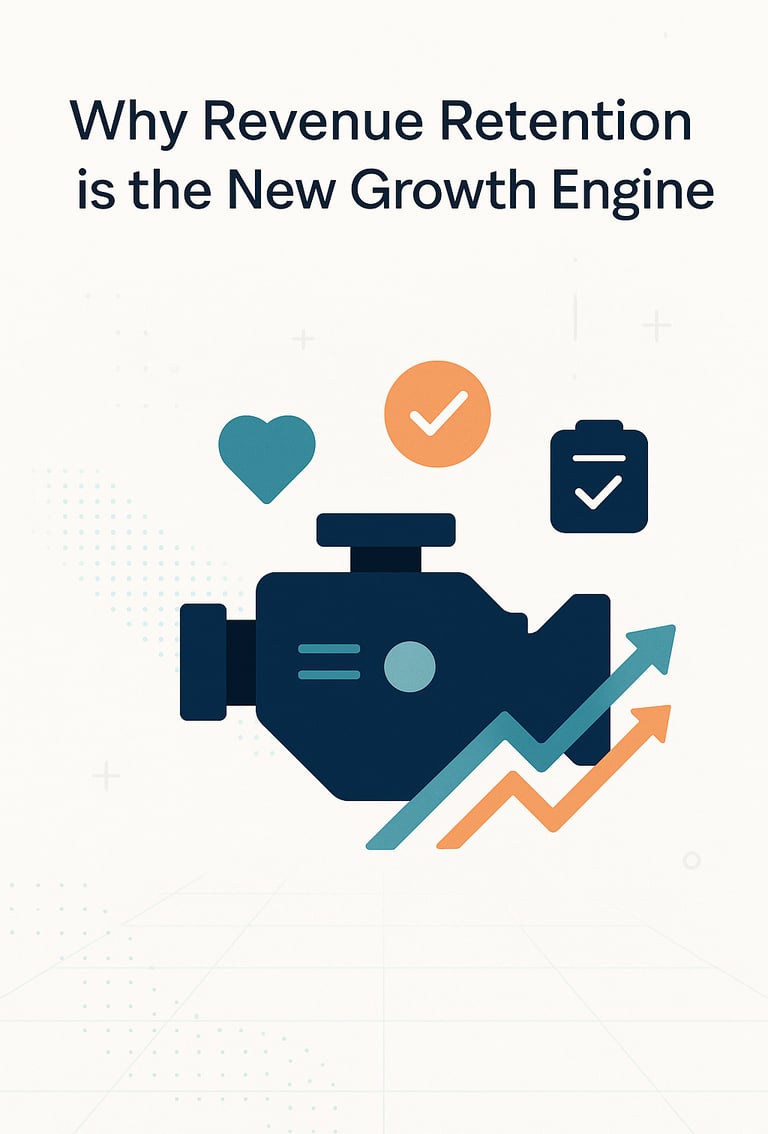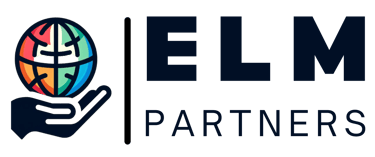Why Revenue Retention is the New Growth Engine?
Discover why focusing on customer retention can drive sustainable business growth. Learn actionable strategies to maximize customer value, increase profitability, and transform existing relationships into your most powerful revenue engine.Blog post description.
Ernie Maldonado
6/29/20252 min read


Why Revenue Retention is the New Growth Engine: Strategies to Maximize Customer Value
Growth isn’t just about acquiring new customers anymore. In today’s highly competitive market, businesses increasingly recognize that revenue retention is key to sustainable growth. According to Bain & Company, improving customer retention rates by just 5% can boost profits by 25% to 95% (Bain & Company, 2020). Here’s why revenue retention has become the critical growth engine and how your organization can maximize customer value effectively.
The Shift Towards Retention
Historically, growth strategies heavily prioritized new customer acquisition. However, this approach is costly, often requiring significant investment without guaranteed returns. In contrast, revenue retention focuses on maintaining and expanding relationships with existing customers, ensuring stable, predictable revenue streams. Harvard Business Review underscores that acquiring a new customer can be five to 25 times more expensive than retaining an existing one (Harvard Business Review, 2014).
Why Revenue Retention Matters
Revenue retention directly impacts profitability and business resilience. Stable, recurring revenue helps businesses weather market fluctuations and reduce dependence on continual new sales. Furthermore, existing customers are often easier to upsell and cross-sell, creating new revenue opportunities with lower customer acquisition costs (CAC).
Key Strategies for Maximizing Revenue Retention
1. Personalize Customer Experiences
Modern customers expect personalized experiences. Using data analytics and AI-driven insights, businesses can proactively address customer needs, predict issues, and offer tailored recommendations, significantly boosting customer satisfaction and retention.
2. Invest in Customer Success
A robust customer success team proactively ensures customers achieve their desired outcomes. According to Gainsight, companies investing in customer success can see retention rates increase by 5-10% (Gainsight, 2021). By actively helping customers maximize product value, organizations build long-term, loyal relationships.
3. Leverage Data-Driven Insights
Understanding customer behavior through data analytics is crucial. Tools like predictive analytics help companies identify customers at risk of churn early, enabling proactive engagement and targeted retention campaigns. McKinsey & Company emphasizes that predictive analytics can reduce churn rates by as much as 15% (McKinsey, 2022).
4. Offer Flexible Pricing and Loyalty Programs
Flexible pricing models and rewarding loyalty programs incentivize customers to stay engaged. Clearly demonstrating value through financial incentives, rewards, or loyalty points can significantly enhance customer lifetime value (CLV).
5. Continuously Gather and Act on Customer Feedback
Actively soliciting and addressing customer feedback demonstrates a commitment to continuous improvement and customer-centricity. According to Zendesk, customers who see their feedback acted upon are likely to remain loyal and advocate positively for your brand (Zendesk, 2021).
Measuring Success
Consistently measure your revenue retention efforts using Gross Revenue Retention (GRR), Net Revenue Retention (NRR), and Annual Recurring Revenue (ARR). Tracking these metrics helps businesses refine strategies and maintain consistent growth.
Conclusion
Revenue retention isn’t merely about preventing churn; it’s about maximizing customer value to drive sustained growth. By prioritizing existing customers and leveraging data-driven strategies, companies can transform retention into their most powerful growth engine.
Sources:
Bain & Company, 2020
Harvard Business Review, 2014
Gainsight, 2021
McKinsey & Company, 2022
Zendesk, 2021
ELM Partners uses Collaborative Intelligence to help businesses protect and grow their recurring revenue.
© 2025 ELM Partners LLC. All Rights Reserved.
Navigation
Contact Us
info@elmpartners.us
954-740-1818
Ready to Grow?


